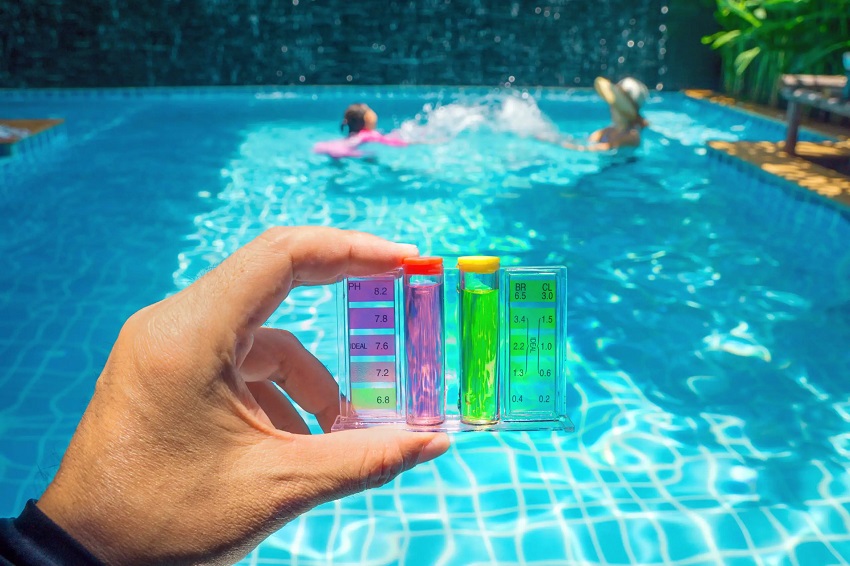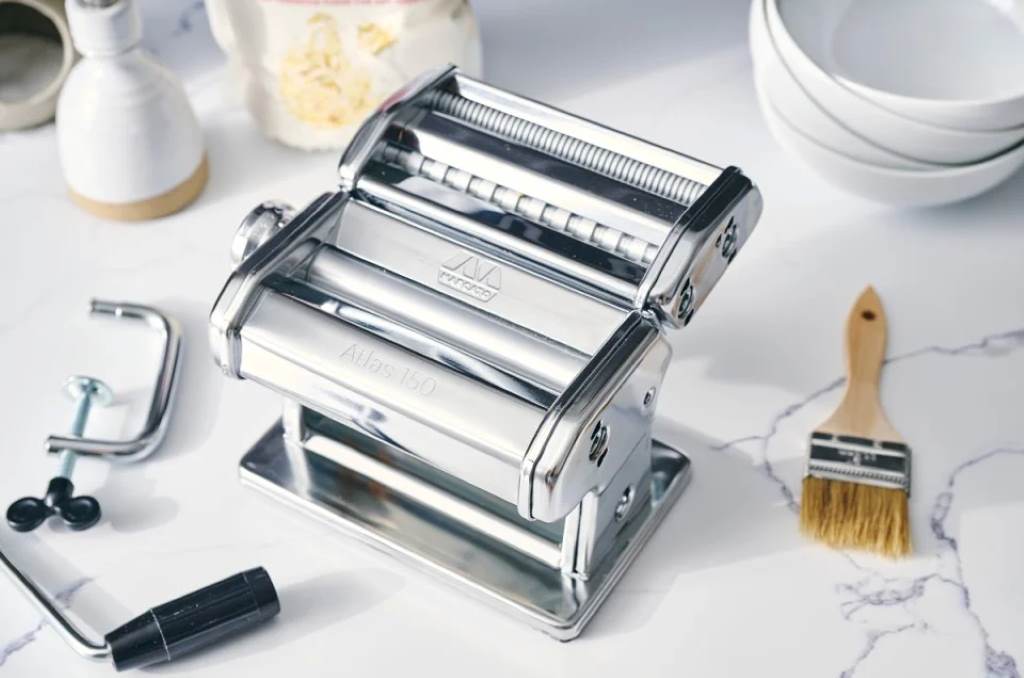Having a well-maintained pool is essential for enjoying a refreshing swim. One crucial aspect of pool maintenance is keeping the water chemistry balanced. Cyanuric acid, also known as pool stabilizer or conditioner, is an important component of pool water chemistry. However, excessive levels of cyanuric acid can lead to various problems. In this article, we will explore how to lower cyanuric acid in pool and maintain optimal levels.
Understanding Cyanuric Acid in Pools
Cyanuric acid is a chemical compound commonly used in outdoor pools to stabilize chlorine and protect it from degradation caused by sunlight. It acts as a shield, prolonging the lifespan of chlorine in the water. However, over time, cyanuric acid can accumulate to levels that hinder the effectiveness of chlorine, leading to issues like reduced sanitizing power and increased risk of algae growth.
Why is Lowering Cyanuric Acid Important?
Lowering cyanuric acid levels is crucial for maintaining a healthy pool. Excessive cyanuric acid can hinder chlorine’s ability to sanitize the water effectively. This means that even with adequate chlorine levels, your pool may still suffer from poor water quality, increased risk of waterborne illnesses, and algae problems.
Testing Cyanuric Acid Levels
Before proceeding with any treatment, it’s essential to test the cyanuric acid levels in your pool. You can use a cyanuric acid test kit, available at most pool supply stores, to determine the concentration of cyanuric acid in your pool water. The recommended range for cyanuric acid in a pool is typically between 30 and 50 parts per million (ppm).
Methods to Lower Cyanuric Acid
Method 1: Dilution by Partial Drain and Refill
One of the most effective methods to lower cyanuric acid levels is through partial drain and refill. This method involves draining a portion of the pool water and replacing it with fresh water. By diluting the existing cyanuric acid concentration, you can gradually lower its levels. It is important to note that this method may not be suitable for all pool types and requires careful consideration of water conservation regulations.
Method 2: Activated Carbon Filtration
Another method to lower cyanuric acid is through activated carbon filtration. This process involves passing the pool water through a filter containing activated carbon, which can effectively adsorb cyanuric acid molecules. The filtered water is then returned to the pool with reduced cyanuric acid levels. However, this method may require specialized equipment and professional assistance.
Method 3: UV Exposure
UV exposure can also be utilized to lower cyanuric acid levels in pools. Ultraviolet (UV) light breaks down cyanuric acid molecules, reducing their concentration in the water. UV systems can be installed in pool circulation systems to expose the water to UV rays, aiding in cyanuric acid reduction. It is important to ensure proper UV system maintenance and regular monitoring of cyanuric acid levels when using this method.
Method 4: Oxidation with Non-Chlorine Shock
Oxidation with non-chlorine shock products is another effective method to lower cyanuric acid in pools. Non-chlorine shock treatments contain oxidizing agents that break down cyanuric acid molecules, reducing their levels. It is essential to follow the manufacturer’s instructions carefully when using these products and maintain proper chlorine levels to ensure effective water sanitation.
Once you have successfully lowered the cyanuric acid levels in your pool, it is crucial to maintain optimal levels. Regularly testing the cyanuric acid concentration is essential to ensure it remains within the recommended range of 30 to 50 ppm. Additionally, it is important to monitor chlorine levels and adjust them accordingly, as cyanuric acid and chlorine levels are interrelated.
Tips for Preventing Cyanuric Acid Buildup
To prevent excessive cyanuric acid buildup in your pool, consider the following tips:
- Use stabilized chlorine products: Stabilized chlorine products contain cyanuric acid, which helps maintain chlorine stability. However, it is important to use these products judiciously and avoid over-stabilizing the pool.
- Limit cyanuric acid usage: Avoid adding unnecessary amounts of cyanuric acid to the pool. Follow the manufacturer’s instructions and use only the recommended amount.
- Regular water dilution: Draining and refilling the pool with fresh water can help dilute cyanuric acid levels and prevent excessive buildup.
Conclusion
Lowering cyanuric acid levels in your pool is crucial for maintaining optimal water chemistry and ensuring a healthy swimming environment. By employing methods such as partial drain and refill, activated carbon filtration, UV exposure, or oxidation with non-chlorine shock, you can effectively reduce cyanuric acid concentrations. Remember to regularly test and maintain optimal cyanuric acid levels to enjoy a well-balanced and clean pool.
Tags: Alkalinity control, Clear water, Cyanuric acid reduction, Pool care tips, Pool chemicals, Pool maintenance, Water chemistry




Leave a Reply